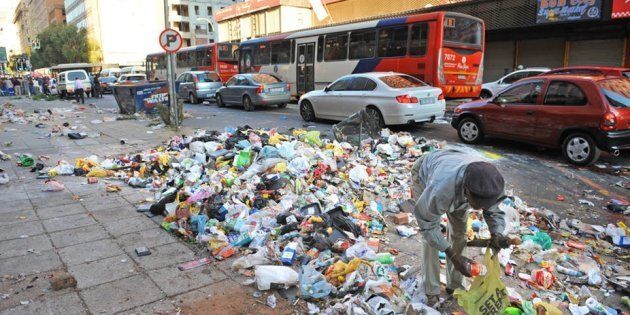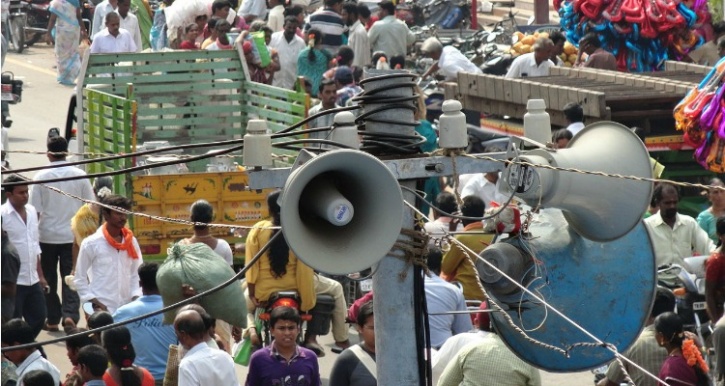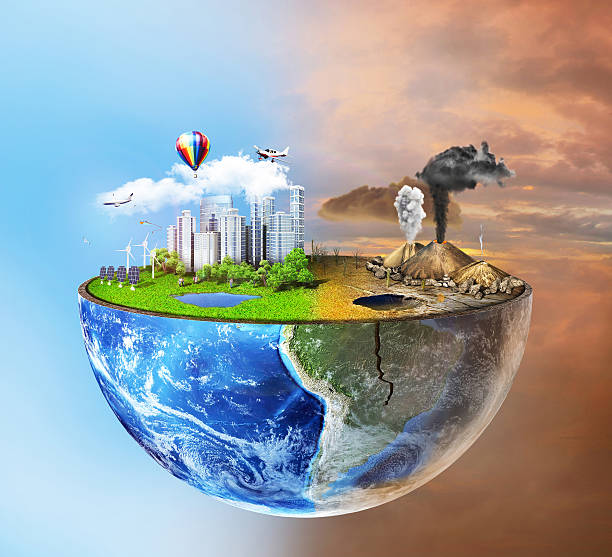Environmental Pollution
Environmental pollution is one of the most serious
problems facing humanity and other life forms on our planet today.
Environmental pollution is defined as “the contamination of
the physical and biological components of the earth/atmosphere system
to such an extent that normal environmental processes are adversely affected.”Pollutants can
be naturally occurring substances or energies, but they are considered
contaminants when over natural levels. Any use of natural resources at
a rate higher than nature’s capacity to restore itself can result in pollution
of air, water, and land. In 2015, pollution killed 9 million people in the world.
Major forms of pollution include:
- Air pollution.

- littering.

- noise pollution.

- plastic pollution.

- soil contamination.
- radioactive contamination.

- visual pollution.
- water pollution.

Environmental pollution is currently the biggest challenge facing the world today.
In the United States, 40% of rivers and 46% of lakes are too polluted for fishing, swimming, and aquatic life. Not surprising though when 1.2 trillion gallons of untreated stormwater, industrial waste, and untreated sewage are being discharged annually into American waters.
One-third of the topsoil in the world is already degraded, and with the current rate of soil degradation caused by improper agricultural and industrial practices, and deforestation, most of the world’s topsoil could be gone within the next 60 years.
The Great Smog in 1952 killed 8000 people in London. This event was caused by a period of cold weather combined with windless conditions that formed a dense layer of airborne pollutants, mostly from coal plants, over the city.
There are many sources of pollution and each one has its own effect on the environment and living organisms. This article will discuss the causes and effects of different kinds of pollution.
So whats your step now to save the earth?

